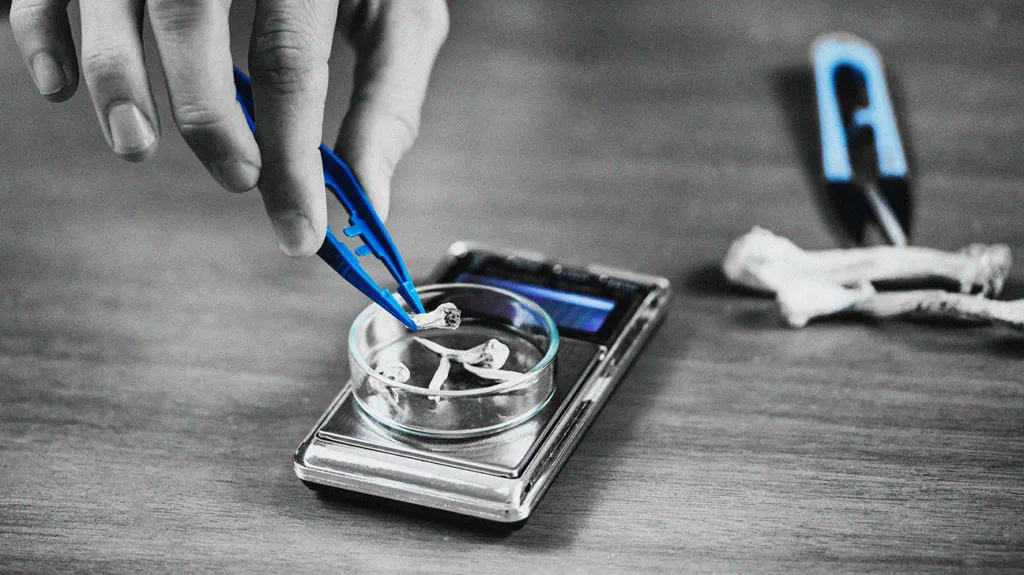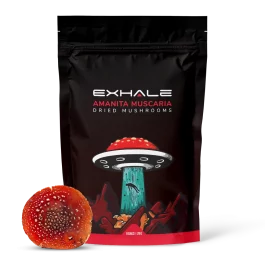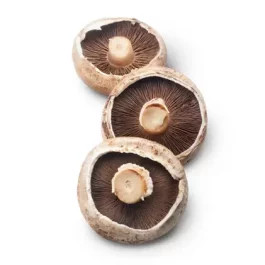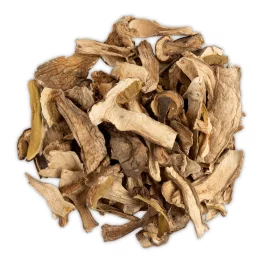Microdosing For Nerve Pain. Microdosing involves taking a very small dose of some popular hallucinogenic substances. Proponents of microdosing believe that the practice benefits the mind, and research has recently started to explore this possibility.
People should be aware that there may be some risks to microdosing, including the fact that the scheduling of these substances makes them illegal to possess.
What is microdosing?

Microdosing is a relatively recent phenomenon involving taking very small doses of some popular psychedelic hallucinogens or other drugs.
Importantly, this is a very small dose of the psychedelic that is not enough to produce a “trip” or the hallucinations often associated with these drugs.
As a study in the Journal of Psychopharmacology notes, a technical definition of a microdose would be a dose of a drug that is only 1% of the active dose.
However, the more common term for microdosing — a small fraction of a “normal dose” — is rather vague, as it does not provide a defined numerical value. Therefore, the common accepted definition is a small dose that does not causeTrusted Source any intoxication or significant alteration of consciousness.
Anecdotal evidence suggests that people tend to take a small dose and then take it regularly or semi-regularly for an extended period. The duration of use varies from person to person.
Why do people do it? – Microdosing For Nerve Pain
The intention of microdosing also differs from that of normal psychedelic or hallucinogenic substance taking. Many people use psychedelics at higher doses for self-exploration, recreation, or spiritual purposes. On the other hand, microdosers tend to take these doses to improve their well-being or enhance their emotional or mental state.
At these low levels, many people do not notice the effects in the same as a person would notice a psychedelic trip. Many say that the feeling has no relation to a psychedelic experience.
Proponents of microdosing claim that taking these psychedelics in small, measured doses benefits the mind, making them think more clearly or feel more open throughout the day.
What substances do people microdose?
The more popular psychedelics to microdose include lysergic acid diethylamide (LSD) and psilocybin mushrooms (magic mushrooms).
Others may microdose using other psychedelics, such as N,N-dimethyltryptamine (DMT) or the cactus peyote, though these seem to be less popular and may be harder to come by.
Other substances that people may microdose include:
- ketamine
- cannabis
- methylenedioxyamphetamine (MDMA)
- methylphenidate (Ritalin)
- nicotine
- iboga
However, classic hallucinogens, such as LSD and psilocybin, are the most commonTrusted Source and well-researched options.
What are the health benefits? – Microdosing For Nerve Pain
Few studies have investigated the effects of microdosing directly. Furthermore, experts know little about the effects of long-term microdosing.
Another issue is that many studies to date have relied on self-reporting. This method often involves asking questions to people who have been microdosing or were already interested in it. As such, there may be a bit of bias in these studies, as the people may expect to have a good experience while microdosing.
There is not yet enough strong evidence, including comparative research using placebos, to make a case for microdosing.
However, users report a few different benefits, which generally relate to mental health and well-being. Source categorized several possible benefits from reports by microdosers. These benefits include:
- improved focus, concentration, and mindfulness
- improved energy, wakefulness, and stimulation
- cognitive benefits, such as enhanced problem solving
- social benefits
- reduced anxiety
- creativity
- reduced symptoms, such as stress
- improved mood, optimism, and life appreciation
- improved body functioning
- self-efficacy, including improved ambition, productivity, and motivation
People also reported other benefits and enjoyments of microdosing, such as the ability to control the dose and the general lack of side effects.
Improved mental health
Many of the reasons why people microdose involve some aspects of mental health, such as reducing stress and anxiety or alleviating symptoms of depression.
In a study in Psychopharmacology, researchers asked people their reasoning for microdosing.
21% of people responded that they primarily used microdosing as a therapy for depression, while 7% used microdosing for symptoms of anxiety. About 9% of people who responded used microdosing to help with other mental health disorders.
Overall, 44% of people who responded perceived that their mental health was much better as a consequence of microdosing.
Another study in Frontiers in Psychiatry used an online questionnaire to ask people who microdose to compare its effects with those of other treatments for symptoms such as depression and anxiety. The answers indicated that people found microdosing more effective than some other forms of treatment but less effective than higher doses of psychedelics.
In an animal study, researchers noted that microdose levels of DMT helped the subjects overcome fears and anxieties in a test that scientists commonly use to model issues such as post-traumatic stress disorder (PTSD) and general anxiety.
More research in humans is necessary to support this early evidence.
Improved brain functioning
Anecdotal evidence shows that some people believe that microdosing helps improve their brain function by allowing their brain to operate at its fullest potential or making them more open to new ideas.
A study in PLOS ONETrusted Source found that microdosing makes people report better brain function on dosing days, but these effects do not carry over to other days when the person does not microdose.
Creativity
Creativity is a harder concept to quantify and validate, but many people who microdose claim to do so for its ability to boost their creative faculties. However, a combination of other factors, such as stress reduction or increased focus, may lead to this benefit. Again, evidence for this is anecdotal, and scientific studies are yet to back these claims.
Focus
Microdosing may also help with temporary focus, allowing a person to work on a big project without their mind wandering. One studyTrusted Source suggests that microdosing led to lower levels of distractability.
Quitting other habits – Microdosing For Nerve Pain
Another claim is that microdosing helps people quit other habits, such as smoking cigarettes or drinking alcohol. Some people even feel as though they do not need to use simple stimulants such as coffee when they microdose.
Although some formal research explores the possibility of using psychedelics, such as psilocybin, to help people stop using other drugs, there is little scientific research or proof as of yet. However, anecdotal claims suggest promise.
What are the risks?
Microdosing is not for everyone. Many people who try it may find that the effects are not to their liking. Some people may be very sensitive to the compounds in common hallucinogens. Others report side effects while microdosing, such as:
- reduced focus
- reduced energy
- increased anxiety
- worsened mood
- uncomfortable sensations or feelings
Some people with underlying mental health disorders may also wish to avoid microdosing. These people may include those with anxiety disorders, who may find that the practice makes anxiety and traits such as neuroticism worse.
People with a history of psychotic disorders, such as bipolar disorder, schizophrenia, or other disorders, may also want to avoid microdosing, as the practice may be too stimulating.
Additionally, most of the substances that people microdose are illegal.
For instance, according to the Drug Enforcement Administration (DEA), hallucinogens such as LSD and peyote are Schedule 1 drugs, meaning that they have “no currently accepted medical use and a high potential for abuse.”
While many may challenge this scheduling, the fact remains that these substances are illegal to possess or consume in most cases. This fact adds a new level of risk to the act of microdosing.
Drug tests that check for these substances may be able to pick up on microdoses.
Summary – Microdosing For Nerve Pain
-
 DRIED AMANITA MUSCARIA$190.00 – $1,150.00
DRIED AMANITA MUSCARIA$190.00 – $1,150.00 -
 Portobello Mushroom (Agaricus bisporus)$190.00 – $1,150.00
Portobello Mushroom (Agaricus bisporus)$190.00 – $1,150.00 -
 Psilocybe Stuntzii$190.00 – $1,150.00
Psilocybe Stuntzii$190.00 – $1,150.00 -
 Tidal Wave Magic Mushrooms$190.00 – $1,150.00
Tidal Wave Magic Mushrooms$190.00 – $1,150.00 -
 hawaiian magic mushrooms$190.00 – $1,150.00
hawaiian magic mushrooms$190.00 – $1,150.00 -
 Golden Teacher Mushrooms$190.00 – $1,150.00
Golden Teacher Mushrooms$190.00 – $1,150.00 -
 Ecuador Mushrooms$190.00 – $1,150.00
Ecuador Mushrooms$190.00 – $1,150.00 -
 Dried Porcini Mushrooms$190.00 – $1,150.00
Dried Porcini Mushrooms$190.00 – $1,150.00 -
 Burma Magic Mushrooms$190.00 – $1,150.00
Burma Magic Mushrooms$190.00 – $1,150.00
Microdosing typically involves taking a very small amount of classical hallucinogens, such as LSD or psilocybin mushrooms. These small doses do not cause any notable changes in consciousness or sensations.
Proponents say that the practice improves mental health, reduces anxiety, and may even help keep the person focused or creative throughout the day.
However, there is not much formal research into this practice yet, partly because most substances that people microdose are illegal and difficult to research.
Microdosing is not for everyone, and people with mental health disorders or symptoms should not use the practice to replace any treatment.

